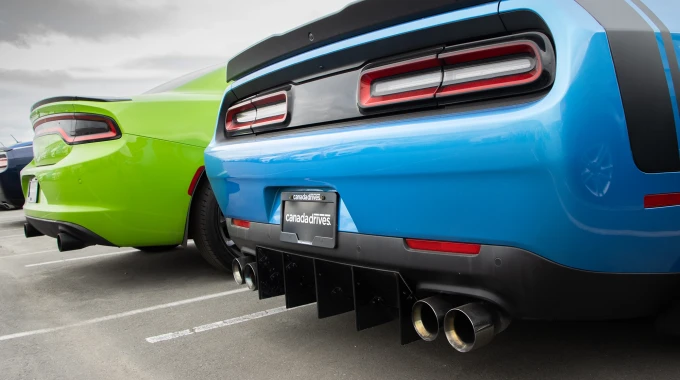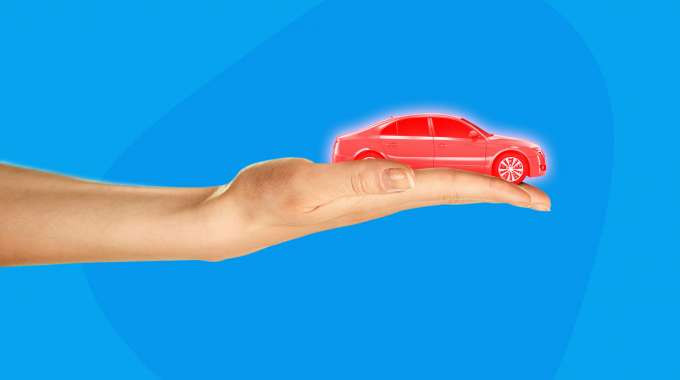
Residual Value Explained & How to Calculate It
You’ve heard about “residual value” on vehicles, but do you know exactly what it’s all about? It can have an effect on your finances when you’re leasing a vehicle, or even when the monthly payments have you deciding whether to buy or lease.
What is residual value & what does it mean?
Residual value is a predetermined estimate of what your vehicle will be worth when your lease is up. A lease involves taking the vehicle’s price and subtracting the residual value from it. The difference is the dollar value of the vehicle’s depreciation over the lifetime of the lease.
That difference, plus applicable taxes, interest charges and fees, is divided by the lease’s duration to come up with a monthly payment. In effect, each month you’re paying off what the vehicle is losing as you drive it.
Once the lease expires, you usually have the choice to turn the car in and walk away (or lease another new vehicle), or buy it out and keep it.
Financial institutions and automakers use a lot of data to set residual values, but it’s always an educated estimate, not an exact science. Doing your own research first can help determine what leasing options to consider, and perhaps even to see if leasing or buying is a better choice for you, depending on the numbers.
How do you find and calculate a vehicle’s residual value?
It’s very easy to find the cost of the car you’re planning to lease, but because future depreciation isn’t an exact science, as we’ve mentioned, it’s more difficult to determine its residual value.
Generally, residual value is determined as a percentage of the vehicle’s MSRP (Manufacturer’s Suggested Retail Price), not including any incentives, rebates, or the price negotiated at the dealership level.
The percentage can vary, but overall, it’s usually about 50 to 60 per cent of the MSRP over the length of an average lease, which is two to four years. Every vehicle’s depreciation rate tends to be highest in the first year, whether it’s purchased or leased.
This is illustrated below with a new $40,000 vehicle, where the average rate of depreciation for a new car is around 25 per cent in the first year, and then about 17.5 per cent each year after that. Using those calculations, a new car that costs $40,000 will be worth about $30,000 after a year, and just over $20,000 by the time it’s three years old.
Some auto manufacturers include residual value on their websites. Go to the “Build & Price” page, spec out the model that interests you, and go to the lease pricing information – you may find the residual in the calculations.
There are also websites that can give you information on new-vehicle pricing, such as Canadian Black Book, as well as resale prices on used ones. Those won’t give you exact residual value, but can show how that brand’s vehicles are priced in the secondary market, which can give you some clue as to how they will depreciate.
Our article: What’s My Car Worth includes five car value tools Canadians can take advantage of.
What’s the difference between salvage value and residual value?
These terms are often used interchangeably in accounting, but salvage value usually doesn’t refer to vehicle leasing. Salvage value, sometimes called scrap value, is an item’s fair market value (resale value) at the end of its useful life.
It’s generally used to calculate annual depreciation for tax deductions, including items like computers that will be out of date and worth very little at the end of their leases. Unless they’ve been treated very badly, vehicles still have lots of useful life by lease end. That said, some factors such as the value of salvageable parts in a write-off crash may be included in the overall elements when calculating residual value.
Is residual value negotiable?
Under most circumstances, you can’t negotiate the residual value, especially if you’re leasing through the dealership – the automaker has already set that number. Even if it isn’t possible with a third-party leasing company, if you’ve already looked at the automaker’s leasing and know the value assigned to the vehicle, you can shop around for the best deal.
What is a good residual value on a vehicle?
As mentioned, residual value is generally in the neighbourhood of 50 to 60 per cent of the vehicle’s MSRP. Because your lease is amortizing the depreciation, then among vehicles within the same general MSRP, one with a high residual value – meaning less depreciation – will cost less per month than one with a low residual value, where you’re financing a higher cost of depreciation.
Is residual value the buyout price?
Most leases will include an option to buy the car at the end of the lease period. The buyout price includes the residual value, plus any applicable sales tax or dealer fees. Since the residual value was an estimate when initially set, it may be higher or lower than current market value.
If it’s lower, you’ve come out ahead. But even if it’s slightly higher, you may still want to buy it if you really like the vehicle, especially if a new model costs considerably more. You can try negotiating the buyout price, but if it’s still too much, you can turn the vehicle in and lease something else.
Keep in mind that if you do, you may still owe fees if you’ve gone over the kilometre limit, or if there are charges for worn tires or damage. Here more on how your annual KMs per year impacts car value, insurance and lease.
What are some of the highest residual value car brands?
Toyota/Lexus has traditionally ranked among the highest, but other brands winning residual value awards from companies such as J.D. Power and Canadian Black Book include Subaru, General Motors, and Hyundai/Kia. Vehicle dependability plays a large role in residual value so look at awards for this as well; and look at used-vehicle ads to see what brands are bringing in the highest dollars.







